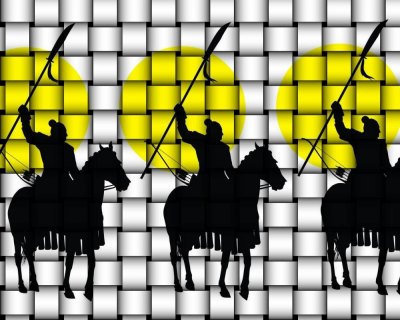Family ties: Millions linked to Genghis Khan

Researchers say millions are descendants of Genghis Khan.
It’s a possibility, as it turns out, according to geneticists from the University of Leicester, England. A study in the European Journal of Human Genetics concludes millions of Asian men are the descendants of 11 ancient leaders, including Khan.
Born in 1162, Khan was the notorious Mongolian warlord/conqueror/ruler whose empire reached across Asia to the Adriatic Sea.
The new study is not the first time this sort of research has documented links to the ancients. In 2005, researchers at Britain's Wellcome Trust Sanger Institute determined that 1.5 million Chinese men were descendants of Giocangga, grandfather of the founder of the Qing dynasty, according to a BBC report.
As it turns out, Giocangga figures into this report as well. The research revolved around the Y chromosome – present in men – in more than 5,000 Asians, a university news release said.
The Leicester team found genetic links via a chain of male ancestors to Khan and Giocangga, as well as nine other dynastic leaders who lived in Asia between 2100 B.C. and 700 A.D.
Quoted in the University of Leicester news release, the project’s leader, Mark Jobling, a genetics professor, explained, “The youngest lineages, originating in the last 1,700 years, are found in pastoral nomadic populations, who were highly mobile horse-riders and could spread their Y chromosomes far and wide. For these lineages to become so common, their powerful founders needed to have many sons by many women, and to pass their status - as well as their Y chromosomes - on to them. The sons, in turn, could then have many sons, too. It’s a kind of trans-generation amplification effect.”
For the complete report, see the European Journal of Human Genetics.

